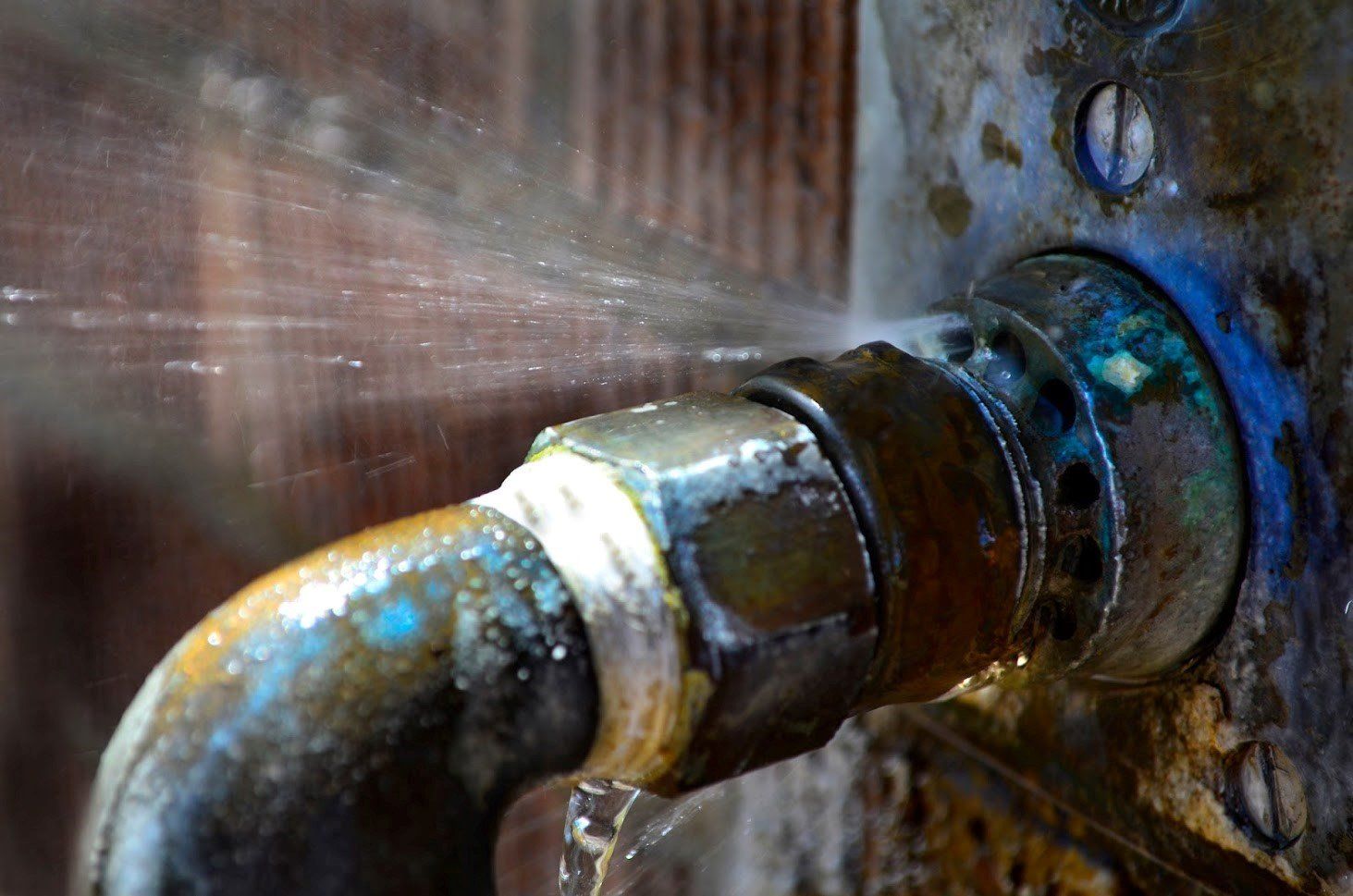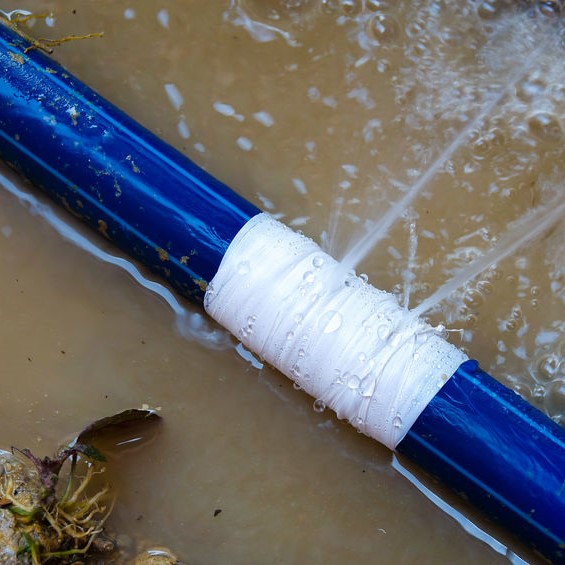The content which follows involving What You Should And Shouldn’t Do When Dealing With Water Damage is extremely attention-grabbing. You should investigate it.

What should you do if a pipes bursts in your residence, developing a mini-waterfall and also swamping an area of your residence? In this scenario, you need to act quickly. The longer you wait, the more severe the water damage in your building. When an emergency like this happens, presence of mind is essential. For these factors, you require to discover what to in case of a ruptured pipes. Since time is of the essence, check out the following suggestions below to aid you act quickly.
Shut Off the Main Waterline Valve
Look for the regional shut-off valve to turn-off water in one certain area only. This will certainly reduce off the water in your whole house. Normally, the main shutoff is located outside the house following to the water meter.
Call Water Damage Repair Pros for Help
After closing the water resource, call the pros for assistance. This is not something you can readily do it yourself because they need to deal with the pipelines and address the problems to your home. Look for assistance from a reliable firm using 24/7 emergency services. With their specialist assistance, you can minimize exacerbation due to the fact that water can leak through your points leading to deformed baseboards, loose ceramic tiles, or damage framework. Don't take this problem gently and look for profession support for complete peace of mind.
Paper the Damage For Insurance policy
As you are waiting on the pros to arrive, record the damage triggered by the errant pipeline. Take pictures as well as videos of every little thing. Do closeup shots of valuables. These points will act as evidence for your home owner's insurance. Remaining proactive with this permits you to file a claim for protection, which will assist you and also your household come back on your feet.
Salvage Points That Can Be Conserved
Once you're done taking photos, peruse the products and also take out the most vital ones from the stack. Dry them off as well as attempt to preserve as much as you can. Drag them far from dampness so they can begin to dry out.
Begin the Drying Process
The good news is, water from your waterlines are clean so you don't have to worry about sewer water. The flowing water may have disrupted the dust and debris in your carpets and floorboards. Be prepared with handwear covers as you make use of containers to discard out the water.
Specialists are the only ones certified to take care of the burs pipes and subsequent damages. You will normally see red flags like bubbling paint, strange sounds in the plumbing, moldy odor, caving ceiling, peeling off wallpaper, or water discolorations.
What should you do if a water pipe bursts in your residence, developing a mini-waterfall as well as flooding a location of your residence? For these factors, you need to learn what to in instance of a burst water pipe. After closing the water resource, call the pros for help. With their expert help, you can minimize worsening because water can permeate through your points resulting in warped baseboards, loose ceramic tiles, or damage structure. Fortunately, water from your waterlines are tidy so you do not have to stress regarding sewage system water.
BROKEN WATER PIPES: COST TO REPLACE & WAYS TO FIX A PIPE
CAUSES OF A BROKEN WATER PIPE
A water pipe can break for several reasons depending on the environment you live in, type of pipe, and circumstances.
The most common cause of broken pipes is freezing. If you live in a colder climate, this could happen. When water freezes it increases in volume by 9% and the pressure in the pipes can go from 40 psi to 40,000 psi. Clearly, this could be detrimental to the pipes. Water freezing causes quick expansion, which puts stress on the pipes and could lead them to crack or weaken. When water thaws, it will leak out the cracks. Other changes in water pressure can also cause breakage. Another common cause of broken water pipes is age.
Depending on the material, water pipes can last anywhere from 70-100 years. But the older they get, the more susceptible they are to weakening and corroding. Older pipes coming into contact with another material could speed up the corrosion process as well. PVC pipes can become brittle with age, while copper is prone to corrosion and stress over time. Something that could also potentially break water pipes is when they move. They may move from construction or the house settling. Moving can stress the fixed pipe which may lead to a leak or burst pipe.
HOW MUCH WATER COULD LEAK INTO YOUR HOUSE FROM A BROKEN PIPE?
The amount of water that leaks depend on how big the break in a pipe is. If it is just a minor crack, water will slowly leak out. This isn’t as serious as a full broken pipe, but it can still cause significant damage to your home. Burst pipes can leak up to 10 gallons of water per minute. The amount of water leaked also depends on what appliance is involved. The water line to your refrigerator can leak ½ to 1 gallon per minute depending on water pressure. One toilet supply line may leak 2-3 gallons a minute and a washing machine hose will leak up to 10-12 gallons per minute.
TURN THE WATER OFF
Doing this first is imperative; everything else can wait. You need to deactivate the water supply to stop the flow of water and prevent more water from leaking into your home. Shutting off the water could potentially save you thousands in water damage repairs. Locating the water shutoff valve depends on the climate you live in. For colder climates, the valves are usually inside, such as in the basement. For houses in milder weather, the shutoff valves will probably be outside—either attached to an exterior wall or in an underground box with a removable lid.
OPEN A FAUCET
The next thing to do is to open a faucet or turn on a sink. This will relieve any remaining water pressure in the pipes and ensure a full-shut down.
GET RID OF THE WATER
The quicker you get rid of the water, the less water damage and mold there could be. Use a mop and a shop vacuum to help get clean up the water. Use towels to dry everything the best you can.
CUT AND REMOVE THE DAMAGED PIPE
Once you have shut off the water and drained the damaged water pipe, you can begin to fix the issue. Cut out the damaged section of the pipe with a pipe cutter, ensuring that you also cut one inch extra on each side of the damage. Once you get rid of the broken part of the pipe, you may begin repairs.
https://www.wmhendersoninc.com/blog/broken-water-pipes-cost-to-replace-ways-to-fix-a-pipe/

Hopefully you enjoyed our piece on Water Damage: Tips On What To Do When Your House Is Flooded. Thanks for taking the time to read through our blog. For those who appreciated our blog posting kindly don't forget to share it. We treasure reading our article about Rules For Handling Water Damage.